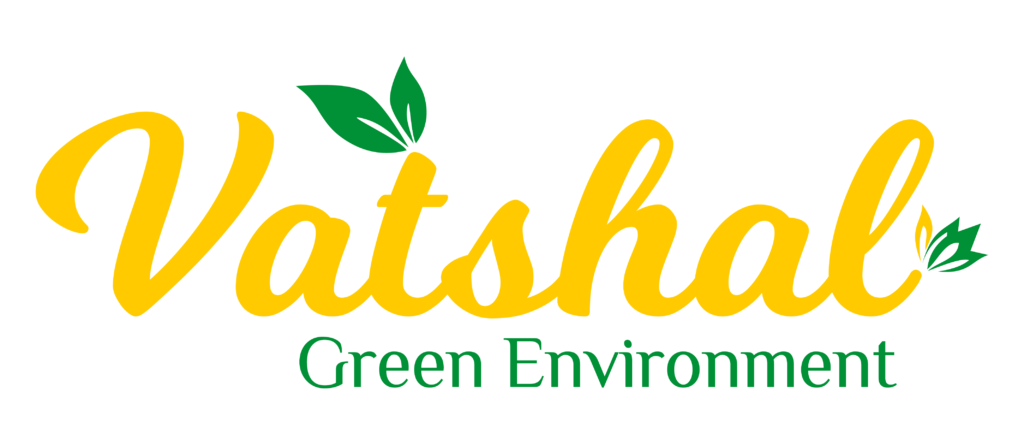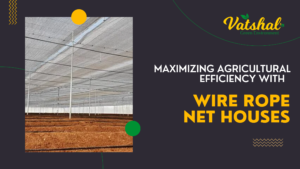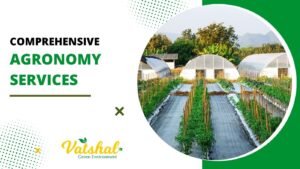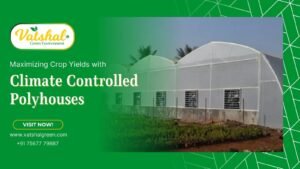In the realm of modern agriculture, where precision and sustainability are paramount, flat shade net house have emerged as a game-changer. These structures provide a controlled environment that optimizes crop growth while conserving resources. Let’s delve deeper into the concept of flat shade net houses and explore their significance in contemporary agriculture.
Understanding Flat Shade Net House
Flat shade net house are agricultural structures designed to create a controlled environment conducive to optimal crop growth. These houses consist of a framework covered with shade netting, which helps regulate environmental factors such as light, temperature, and humidity. Unlike traditional open-field farming, flat shade net houses offer growers the ability to manipulate these conditions to suit specific crop requirements.
The Mechanism Behind Flat Shade Net House
Regulation of Light Intensity: The shade netting used in these structures filters sunlight, reducing its intensity. This regulation prevents excessive heat buildup and minimizes the risk of sunburn damage to crops, particularly delicate ones.
Temperature Control: By providing partial shading, flat shade net house help maintain moderate temperatures within the growing area. This is especially beneficial in regions with high temperatures or intense sunlight, where excessive heat can hinder plant growth.
Humidity Management: The enclosed environment of flat shade net house allows for better control over humidity levels. This is crucial for crops that thrive in specific moisture conditions, ensuring optimal growth and reducing the risk of fungal diseases associated with excessive humidity.
Advantages of Flat Shade Net House
Enhanced Crop Quality: By regulating environmental variables, flat shade net house promote consistent and high-quality crop yields. This precision in cultivation leads to better market value and consumer satisfaction.
Extended Growing Seasons: Flat shade net house offer protection against adverse weather conditions, allowing growers to extend growing seasons beyond traditional limits. This flexibility enables year-round production, enhancing farm profitability.
Resource Efficiency: Compared to conventional farming methods, flat shade net house require fewer resources such as water and fertilizers. The controlled environment reduces water evaporation and nutrient leaching, resulting in efficient resource utilization and lower operational costs.
Applications in Sustainable Agriculture
Organic Farming: Flat shade net house are conducive to organic farming practices, providing a natural barrier against pests and reducing the need for chemical pesticides. This corresponds with the increasing consumer preference for organic produce.
Water Conservation: The controlled environment of flat shade net houses facilitates drip irrigation systems, minimizing water wastage and promoting sustainable water management practices. This is particularly beneficial in arid regions facing water scarcity.
Conclusion
In conclusion, flat shade net house represent a significant advancement in agricultural technology, offering growers the ability to create a controlled environment for optimal crop growth. From regulating light and temperature to enhancing resource efficiency, these structures contribute to sustainable farming practices while ensuring consistent yields of high-quality produce. Embracing flat shade net house is not just a step towards modernization but a commitment to the future of agriculture, where innovation and sustainability go hand in hand.






